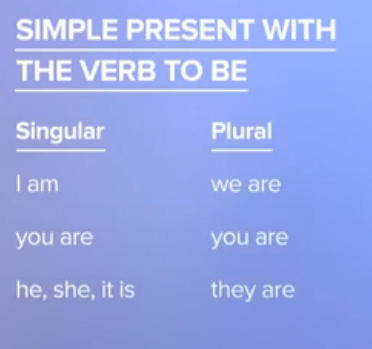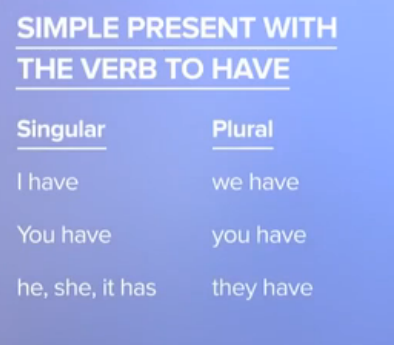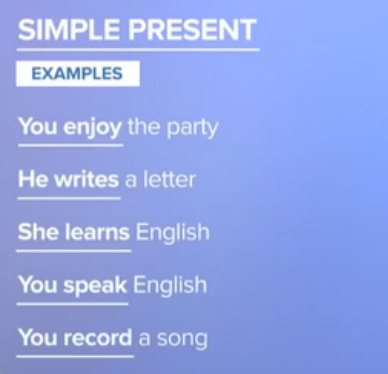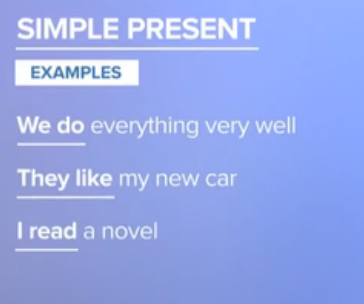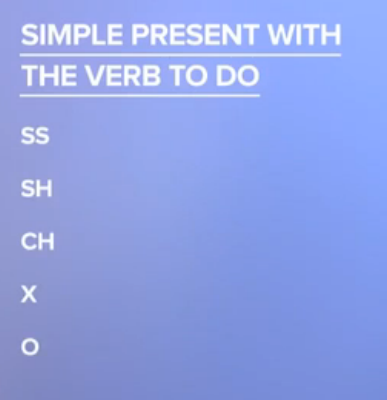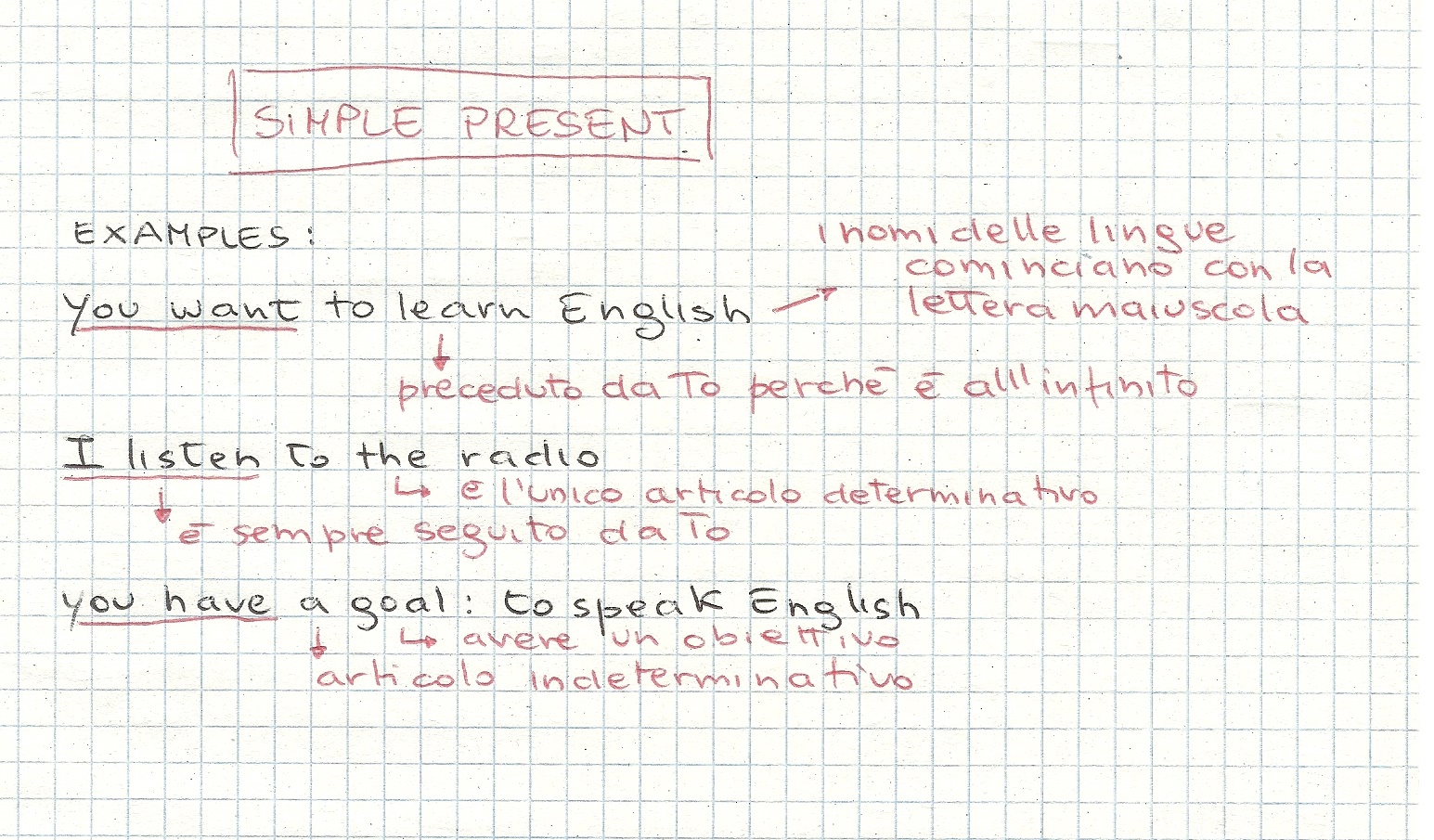For today’s fun English tip we are going to look at the present simple in English. I’ll show you exactly when and how to use it correctly. Are you ready?
Per il consiglio d’inglese di oggi daremo un’occhiata al Present Simple. Ti insegnerò quando e come usarlo correttamente. Pronto/a?
Right, let’s start by looking at the following conversation between Robert (R) and Maria (M):
Ok, iniziamo con il seguente dialogo tra Robert (R) e Maria (M):
R: The plane leaves for Barcelona at six tomorrow morning so I need to have an early night.
L’aereo per Barcellona parte domani alle sei del mattino, per cui devo andare a letto presto.
M: I know. You brother lives there doesn’t he?
Lo so. Tuo fratello vive lì, vero?
R: Yes he lives there too and so does my sister. I miss them a lot. I call them every weekend for a chat and now I can finally visit them.
Sì, vive lì, e anche mia sorella. Mi mancano molto. Li chiamo ogni fine settimana per chiaccherare con loro, ma ora finalmente li posso andare a trovare.
M: Well, have a great time then! I leave for my holiday on Monday too so I’ll see you when you get back.
Divertiti allora! Anche io parto per le vacanze Lunedí, per cui ti rivedrò quando torni.
Firstly, we use the present simple for something that is always true. Look at the following example from the text above:
Prima di tutto il Simple Present si usa quando qualcosa è sempre vero. Dai un’occhiata ai seguenti esempi presi dal testo precedente:
– Your brother lives there too, doesn’t he?
– Tuo fratello vive lì, vero?
(In this conversation we can see that at the present moment Robert’s brother and sister live in Barcelona.)
(Da questo dialogo possiamo capire che, al momento in cui si parla, il fratello e la sorella di Robert vivono a Barcellona.)
Remember that with the present simple we place an “s” at the end of verbs in the third person singular. “Do” becomes “does” in the third person singular present form.
Ricorda che al Present Simple aggiungiamo una “s” alla terza persona singolare. “Do” diventa “does” alla terza persona singolare.
Secondly, we use the present simple for things that happen repeatedly and normally we use the adverbs “often”, “always”, “every day”, “sometimes”, etc, with the present simple. For example:
Usiamo inoltre il Present Simple per cose che accadono ripetutamente e di solito impieghiamo gli avverbi “often”, “always”, “every day”, “sometimes”, ecc. Ad esempio:
– I call them every weekend for a chat.
– Li chiamo ogni fine settimana per chiaccherare..
Lastly, it can be used for something that is fixed or based on a schedule. For example:
Infine si può usare per parlare di qualcosa che è stato già programmato o fissato in base a un orario. Ad esempio:
– The plane leaves for Barcelona at six tomorrow morning.
– L’aereo per Barcellona parte domani alle sei del mattino.
Ci sono dei verbi ai quali è necessario aggiungere -es invece di una -s soltanto.
Si tratta dei verbi che terminano in
Confronta: The Present




